Maurizio Ambrosini is Professor of Sociology of Migration at the University of Milan, Italy. He has over 150 publications which include a book in English, “Irregular Migration and Invisible Welfare”, Palgrave, 2013.

Prof. Ambrosini, could you recommend three books on migration studies?
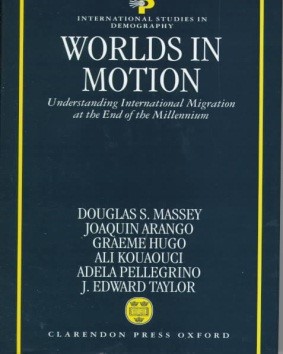
The first one that I would choose is “Worlds in Motion: International Migration at the End of the Millennium” edited by Douglas Massey, Joaquín Arango and other specialists. This is a very well written book that touches upon important aspects, such as the causes of migration, the role of networks, the nexus between migration and development and more. If you want one book to read that presents immigration in different geographic areas and gives a global perspective on migration studies, this is very valuable. It is an excellent introduction to the study of migration in contemporary societies.
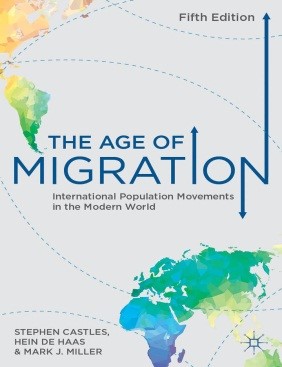
The second book I would name is “The Age of Migration” by Stephen Castles, Hein de Haas and Mark Miller. This is a highly advisable book for students and young researchers who want to have a comprehensive understanding on the nature of international migration. In particular, I would highlight the aspects related to the transformation of migrant-sending countries to migrant-receiving countries, the nexus between migration and development and the emergence of new destination countries. Often we are concerned only about migration in our society, in our regions and we don’t pay attention to the global picture. This book helps to achieve a global vision on migration processes since it has extensive coverage of regional case studies
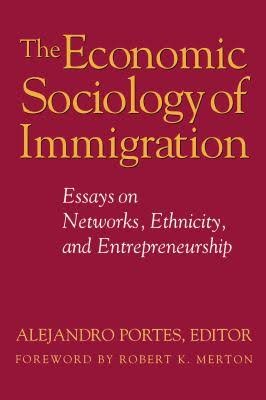
Another book that has been very influential for me is “The Economic Sociology of Immigration” edited by Alejandro Portes. The book presents theoretical view on migration from the perspective of economic sociology. Very important scholars such as Mark Granovetter and Saskia Sassen have contributed to this book. In my view, an innovative approach here is that migrants are portrayed not only as victims or people that are exploited by heavy structures of capitalism and receiving states, but also as actors who try to improve their lives, actors who build networks, engage in economic actions, and start new businesses. The book reflects specifically North American reality, but definitely this is a very interesting book also for European scholars.
Migration has given a huge source of inspiration for not- academic world. Is there any “non-academic creation” that you would advise to migration specialists?
I would advise to watch some movies.
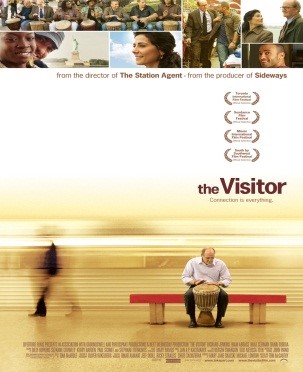
The first one I would name is “The Visitor” directed by Tom McCarty. It is about a young migrant with Syrian origin who meets an American professor. Watch it, it is one of the most interesting movies on refugee issues in recent years.
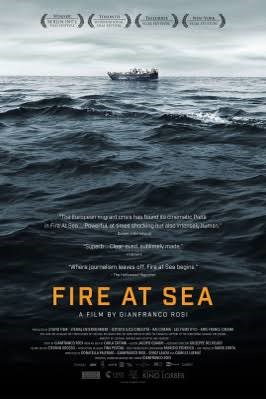
The second one is “Fire at Sea”, an Italian documentary about lives of people on the island of Lampedusa. This is a place that has become a symbol of recent migration crisis, a place where hundreds of thousands of migrants arrive from African and Middle Eastern countries.
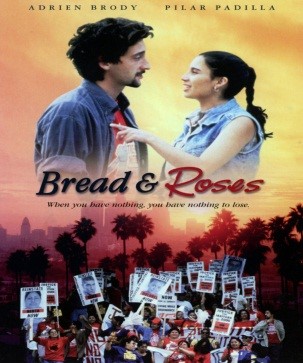
The third one that I would recommend is “Bread and Roses” by Ken Loch. This is about Mexicans that migrate to the US with the support of smugglers. This movie presents a story of a young woman that migrates to the US. There are many different interesting aspects that a migration specialist can observe, such as the passage, job market, female migrants’ conditions in the US and more.
You also have authored a book “Irregular Migration and Invisible Welfare”. Could you elaborate on the main aspects that the book touches upon?
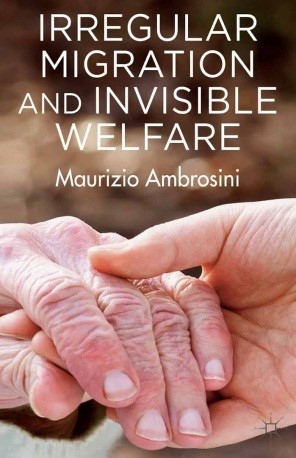
This book presents results of 10 years of research on domestic work, care work and lives of irregular migrants in Italy. It is mainly based on qualitative interviews but also includes quantitative surveys.
The general picture is that a part of irregular migrants are actively prosecuted and perceived as a danger in Italy and elsewhere. However, there are other irregular migrants who are tolerated, silently accepted and are not considered as “clandestine” or “illegal migrants” by the host society. These are mainly female migrants. I always joke that this is one of the few cases where women are treated better than men in our society.
Qualitative interviews should have given huge information on life stories of irregular migrants. Were there specific stories that remain etched in your memory?
Yes, stories of Latin-American women that left their children in their countries and came to work in Italy were very touching. Often these women cried during interviews. They say that they are able to go back and visit their children only in a few years due to the trips being very expensive. And when they arrive, their children sometimes don’t recognize them or they do not recognize their kids. It happens often they call “mammy” to their grandmothers, they resist when the mother tries to kiss them….
They leave to provide children with education, health, better life… They are often alone and are not supported by their partners. These are very sad experiences for women, since the separation from their children is a consequence of love.
Moreover, even if single mothers manage to reunite with their children and bring them to Italy it is not the happy end yet. Usually, they manage to reunite when children are 14-17 years old. Therefore, it is often very difficult for children to start a new life in a new country without friends, with a mother whom they haven’t seen for 10 years. This situation creates a number of problems. In some cities, such as Milan and Genoa, these young people (mainly boys with Latin-America origin) are a typical target for the discourse on “baby gangs”. Obviously, these young boys are not always criminals. But this indicates that there are problems of reception, integration in Italy.
Undoubtedly, there is a huge production of books, studies on migration related issues. However, according to you, is there a field in migration studies that needs more of scholars’ attention?
Of course, there are several fields. I think we need more research on studies of two shores of migration. Obviously, there has been a huge advancement in recent years with the development of transnational approach. However, studies that connect both sending and receiving countries are very few.
Another aspect that has received a considerable attention only in recent years is the issue of asylum seekers. Currently, of course, there is a huge attention on this field with recent arrivers from the Middle East and Africa. To my opinion, this field has to be developed and yet there is a lot of work to be done in this regard.
Another important issue that deserves more attention is the importance of religion for integration of migrants. Currently, the concern is mainly about Islam since it is an object of many stereotypes and prejudices. I think we need more comprehensive studies, since religions have not been researched enough in Europe.
Nare Galstyan
is a PhD Candidate in the Graduate School in Social and Political Sciences at the University of Milan. Her research focuses on the differences between diaspora engagement practices of stateless and state-linked diasporas.
Within the IMISCOE PhD Network Nare is a member of the soundboard and contributor to the IMISCOE PhD Blog.
